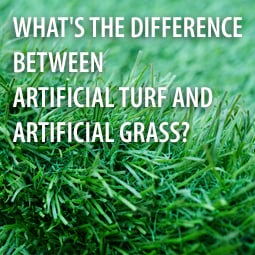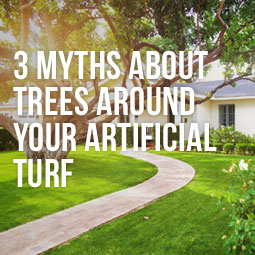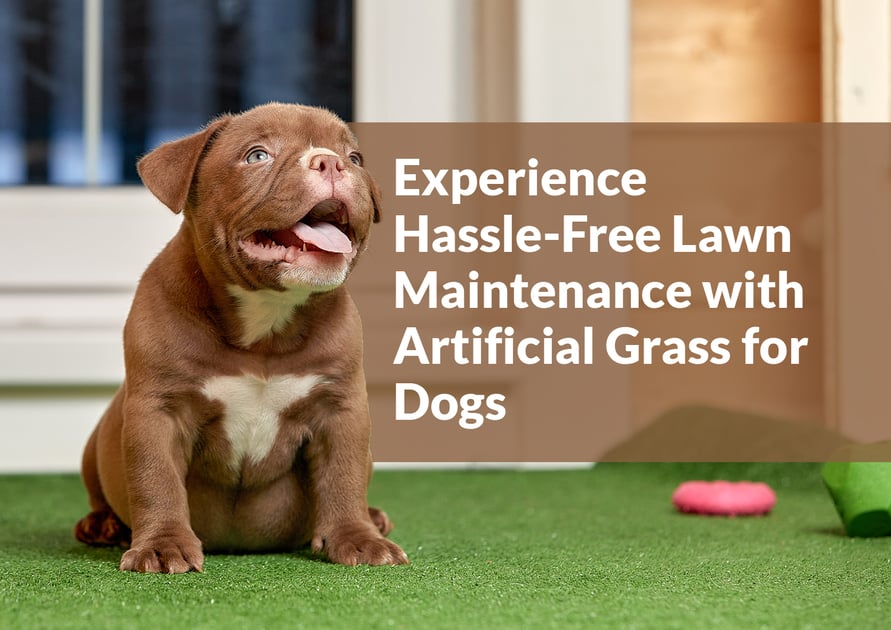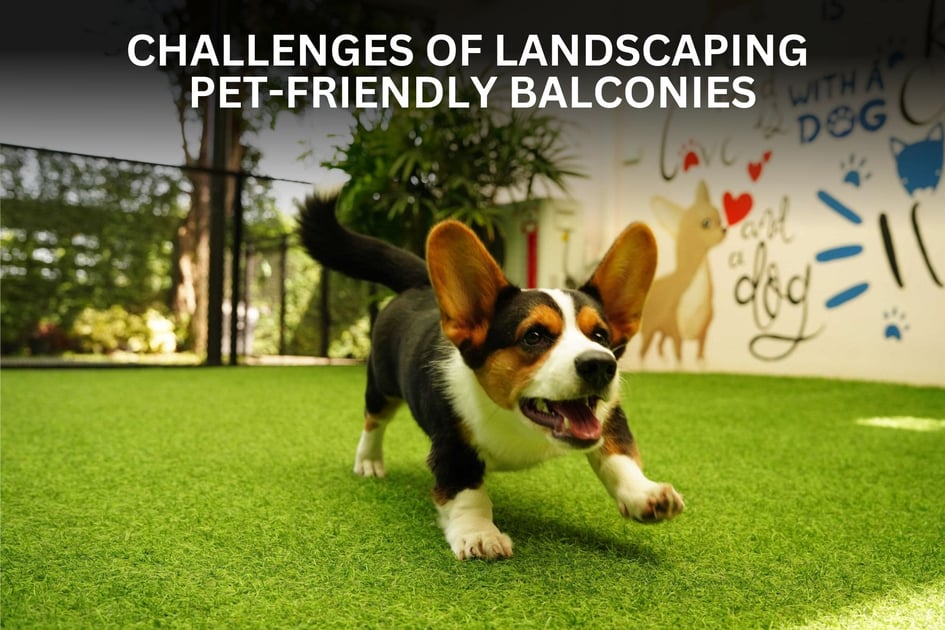 Although most people tend to use the terms “artificial turf” and “artificial grass” interchangeably, each name actually refers to a different type of synthetic grass. Turf is used to describe sports grass, which is shorter. Artificial grass is the officially correct term for landscape grass, which is longer and fluffier.
Although most people tend to use the terms “artificial turf” and “artificial grass” interchangeably, each name actually refers to a different type of synthetic grass. Turf is used to describe sports grass, which is shorter. Artificial grass is the officially correct term for landscape grass, which is longer and fluffier.
Back when AstroTurf was first invented we didn’t make distinctions like this, because there was just one product. And, frankly, not a very good one at that. AstroTurf was green – though not a shade normally associated with living grass. And it had a nappy texture that no one mistook for the real thing.
My, how times have changed!
Advances in science and technology have revolutionized the synthetic grass industry. We now have myriad different products, each one specifically designed for a different grassy purpose. With that, we can distinguish between artificial turf for sports and artificial grass for lawns and landscaping. What does that mean for you?
Artificial turf
Artificial turf designed for sports is tough, tough, tough. It has to be, to withstand the volume of running feet, cleats, and types of grinding plant-and-turn moves players make during a hectic game. It is also far safer than natural grass, reducing injuries under any conditions and also allowing play to continue when conditions are wet.
When we talk about sports and turf, we think about teams of players and expansive play fields. However, there are styles of artificial turf that are ideal for “smaller” sports that are enormously popular here in the Bay Area. We’re talking about specialized installations such as backyard putting greens and bocce ball courts, even tennis courts.
Artificial grass
Where artificial turf is action-oriented, artificial grass is the “good looks” side of the equation. That’s not to suggest that these longer, softer products aren’t equally durable, but they’re designed to provide maximum aesthetic appeal, too. We call it “grass,” but the product actually has three components.
The most important thing to know is that not all artificial grass is the same. Materials and workmanship used in manufacturing both determine the quality and value of the final product. Professional installation assures maximum longevity and performance.
Artificial grass makes a gorgeous lawn, plus there are specialized varieties that are ideal for children’s playgrounds and backyard play areas or for at-home dog runs and doggie daycare facilities. And just as artificial turf is safer than natural grass for players, our artificial grass for kids is safer than real grass, too.
So many things in common
Despite their distinct differences, artificial turf/grass have numerous common traits – all the things that make them popular with all types of property owners:
- No water waste or expense
- Virtually no maintenance or associated ongoing expense
- No build-in toxins or grass allergens (pollen)
- No harmful residues from chemical applications
- No need for sports facilities or event venues to repeatedly rip up and replace expensive sod
- Homeowners can – finally! – reclaim their weekends
There are no so many variations on synthetic grass products, we like to say that Heavenly Greens offers 50 shades of green. Picking the right one for your application can feel overwhelming, so give us a call and we’ll walk you through it. Better yet, come visit our spacious showroom, where you can not only see but feel samples of the grass varieties we offer. Whether you’re in the market for artificial turf or artificial grass, we’re pretty sure you’ll be amazed at the options.












